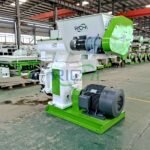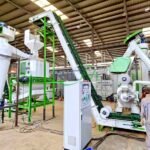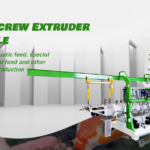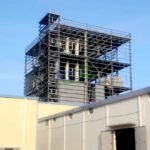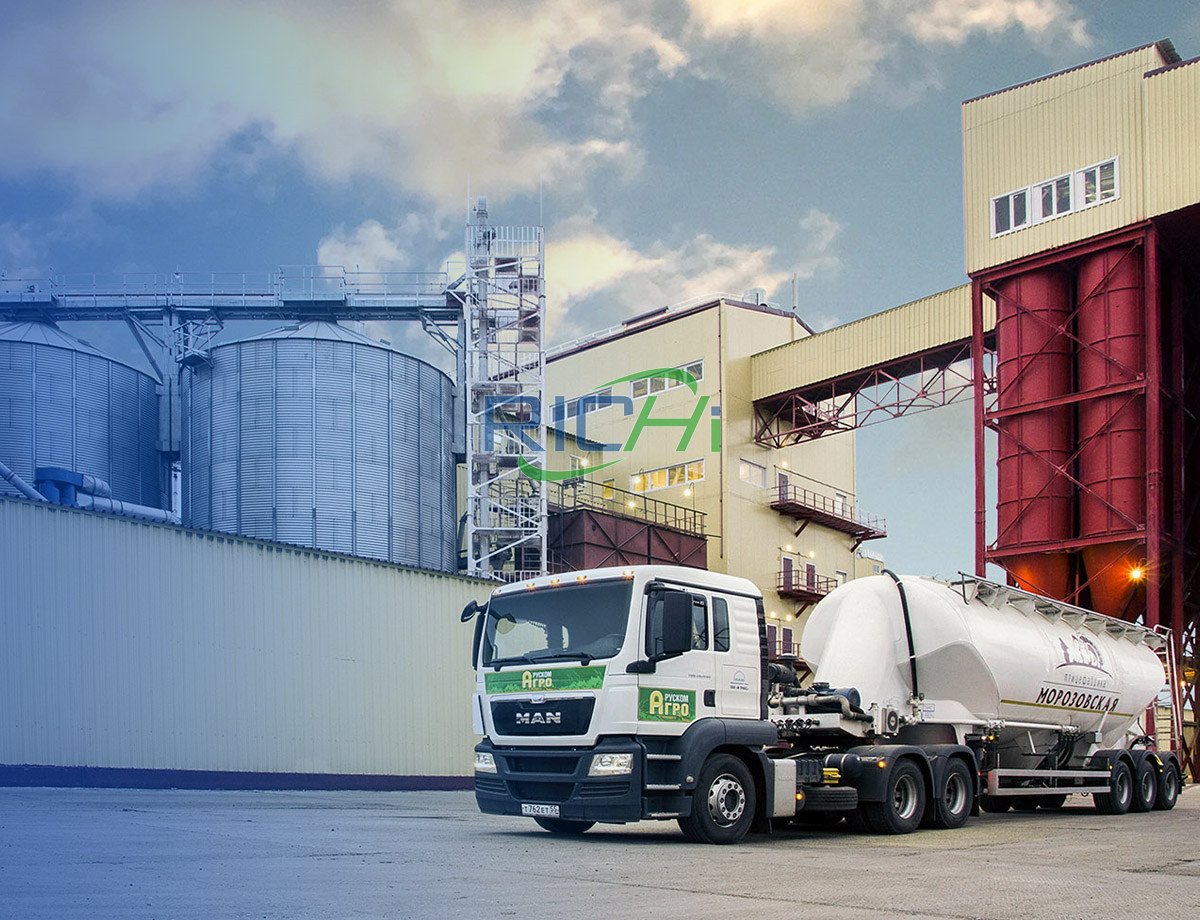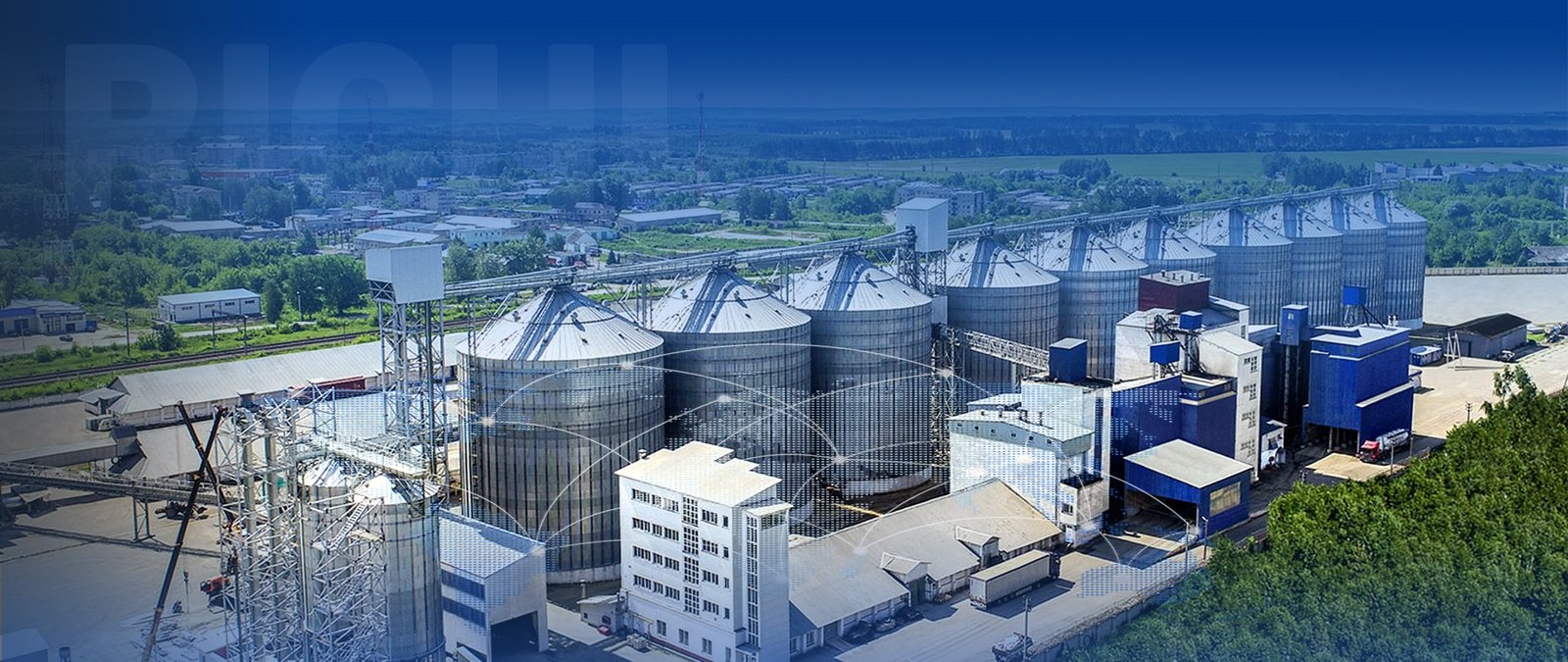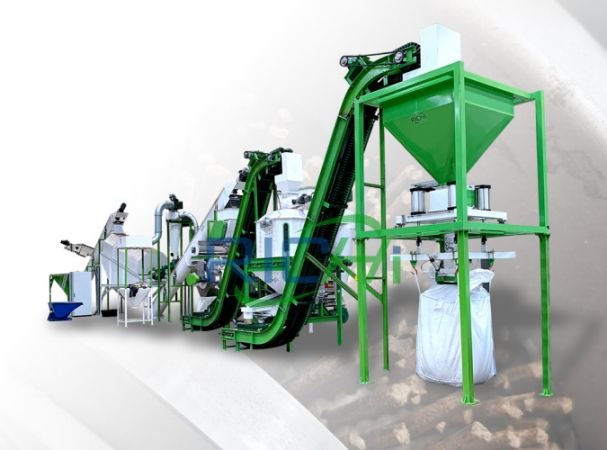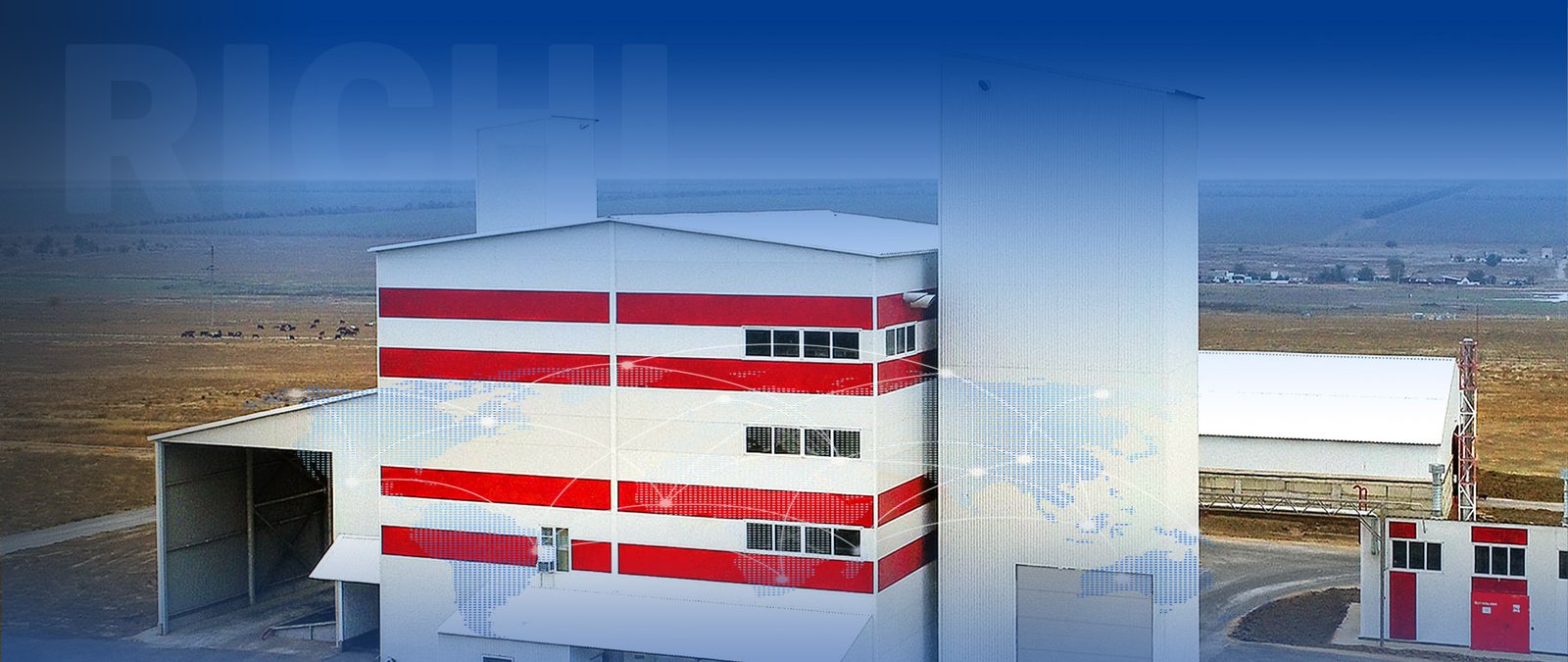Establishing a broiler feed mill with a capacity of 10 tons per hour (t/h) requires a substantial investment in various components, with equipment costs constituting a significant portion of the overall expenditure. Understanding the percentage of total investment dedicated to equipment costs is essential for effective budgeting, financial planning, and assessing the project’s feasibility. This article examines the key cost components involved in setting up and operating a 10t/h broiler feed mill and analyzes how equipment costs influence the total investment.
Key Equipment Components
The main equipment necessary for a 10t/h broiler feed mill includes:
- Raw Material Handling Equipment
- Grinding Equipment
- Mixing Equipment
- Pelleting Equipment
- Cooling and Drying Equipment
- Screening and Grading Equipment
- Packaging Equipment
- Auxiliary Equipment
Cost Allocation Breakdown
- Raw Material Handling Equipment
- Role: Essential for receiving, cleaning, and transporting raw materials.
- Components: Silos, storage bins, pre-cleaners, bucket elevators, conveyors.
- Cost Allocation: Typically 10-15% of total equipment costs.
- Example Costs:
- Silos and storage bins: $50,000
- Pre-cleaners: $20,000
- Bucket elevators and conveyors: $30,000
- Total: $100,000
- Grinding Equipment
- Role: Reduces raw material size for mixing and pelleting.
- Components: Hammer mills or pulverizers.
- Cost Allocation: Usually 10-15% of total equipment costs.
- Example Costs:
- Hammer mills: $80,000
- Total: $80,000
- Mixing Equipment
- Role: Ensures uniform blending of ground raw materials.
- Components: Horizontal or vertical mixers.
- Cost Allocation: Typically 10-15% of total equipment costs.
- Example Costs:
- Horizontal mixers: $90,000
- Total: $90,000
- Pelleting Equipment
- Role: Converts mixed feed into pellets, central to the production line.
- Components: Pellet mills, conditioners, pellet coolers.
- Cost Allocation: Generally 25-30% of total equipment costs.
- Example Costs:
- Pellet mills: $150,000
- Conditioners: $30,000
- Pellet coolers: $50,000
- Total: $230,000
- Cooling and Drying Equipment
- Role: Cools and dries feed pellets for stability and readiness for storage or packaging.
- Components: Counter-flow coolers, drying systems.
- Cost Allocation: Typically 10-15% of total equipment costs.
- Example Costs:
- Counter-flow coolers: $50,000
- Drying systems: $40,000
- Total: $90,000
- Screening and Grading Equipment
- Role: Separates fines and ensures pellet size specifications are met.
- Components: Rotary grading sieves, vibrating screens.
- Cost Allocation: Usually 5-10% of total equipment costs.
- Example Costs:
- Rotary grading sieves: $30,000
- Vibrating screens: $20,000
- Total: $50,000
- Packaging Equipment
- Role: Prepares finished feed pellets for storage, transport, and sale.
- Components: Bagging machines, palletizers.
- Cost Allocation: Typically 5-10% of total equipment costs.
- Example Costs:
- Bagging machines: $40,000
- Palletizers: $20,000
- Total: $60,000
- Auxiliary Equipment
- Role: Supports the feed mill‘s smooth operation.
- Components: Dust collection systems, boilers for steam generation, electrical control systems.
- Cost Allocation: Generally 10-15% of total equipment costs.
- Example Costs:
- Dust collection systems: $30,000
- Boilers: $50,000
- Electrical control systems: $40,000
- Total: $120,000
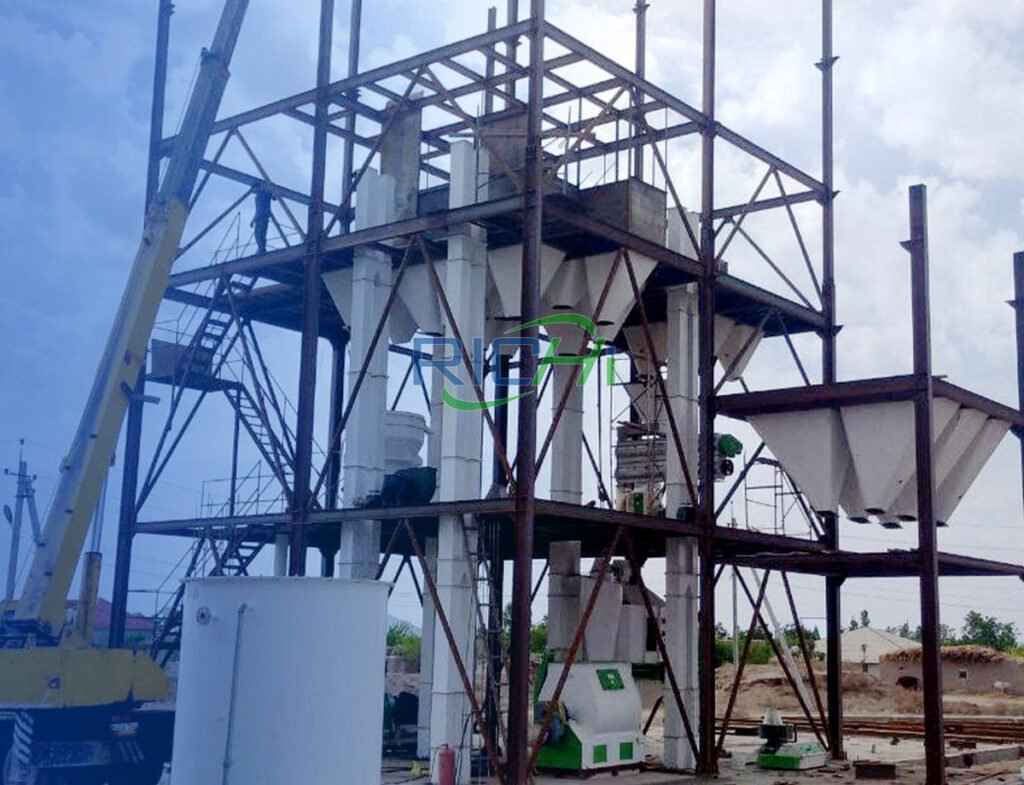
Total Equipment Cost Allocation
Summarizing the cost allocation for all equipment components yields the following:
- Raw Material Handling Equipment: $100,000
- Grinding Equipment: $80,000
- Mixing Equipment: $90,000
- Pelleting Equipment: $230,000
- Cooling and Drying Equipment: $90,000
- Screening and Grading Equipment: $50,000
- Packaging Equipment: $60,000
- Auxiliary Equipment: $120,000
Total Equipment Cost: $820,000
Impact on Overall Investment
The total equipment cost for a 10t/h broiler feed mill represents a significant portion of the overall investment, typically accounting for 50-60% of the total project cost. Other expenses include:
- Building and Infrastructure: Construction or renovation of the facility, including foundations, electrical installations, plumbing, and ventilation systems. Estimated cost: $300,000 – $500,000.
- Land Acquisition: Purchasing or leasing land for the feed mill. Estimated cost: $100,000 – $200,000.
- Installation and Commissioning: Costs associated with installing and commissioning the equipment. Estimated cost: $100,000 – $150,000.
- Working Capital: Funds required for initial operations, including raw materials, labor, and utilities. Estimated cost: $200,000 – $300,000.
- Permits and Licenses: Regulatory compliance costs, including permits and licenses. Estimated cost: $50,000 – $100,000.
- Consulting and Project Management: Fees for consulting services and project management. Estimated cost: $50,000 – $100,000.
Total Project Investment: $1,620,000 – $2,170,000
Equipment Cost Percentage
To calculate the percentage of the total investment allocated to equipment costs, we use the following formula:Equipment Cost Percentage=(Total Equipment CostTotal Project Investment)×100\text{Equipment Cost Percentage} = \left( \frac{\text{Total Equipment Cost}}{\text{Total Project Investment}} \right) \times 100Equipment Cost Percentage=(Total Project InvestmentTotal Equipment Cost)×100
Using the estimated total project investment range:
- Lower Bound: (820,0001,620,000)×100≈50.62%\left( \frac{820,000}{1,620,000} \right) \times 100 \approx 50.62\%(1,620,000820,000)×100≈50.62%
- Upper Bound: (820,0002,170,000)×100≈37.79%\left( \frac{820,000}{2,170,000} \right) \times 100 \approx 37.79\%(2,170,000820,000)×100≈37.79%
Thus, equipment costs for a 10t/h broiler feed mill typically account for approximately 38% to 51% of the total investment. (Related post:hen feed mill)
Conclusion
The allocation of equipment costs for a 10t/h broiler feed mill is a vital aspect of the overall investment, generally comprising 38% to 51% of the total project cost. By understanding the distribution of costs across different equipment categories, feed mill operators can better plan their budgets and ensure the financial feasibility of their projects. Effective cost management, combined with strategic planning and efficient operations, can contribute to the success and profitability of a feed mill venture.


